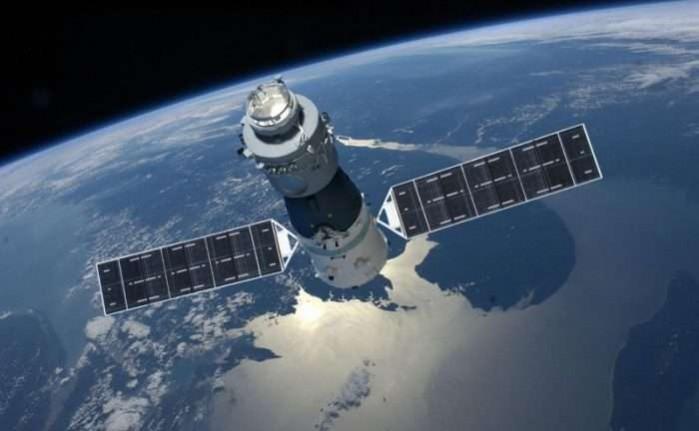Tiangong-1's uncontrolled re-entry into the Earth's atmosphere is a widely-observed event and all major space observatories are closely watching the Chinese space station's descent and tracking its potential crash location and time. So far, the predictions are that Tiangong-1 will re-enter Earth on Sunday, around 10 a.m. EDT (1400 GMT), according to Aerospace Corporation.
Some recent radar images of Tiangong-1 captured by the space observation radar TIRA (Tracking and Imaging Radar) of Fraunhofer Institute in Germany showed the flaming space station hurtling towards the Earth. Even though space observatories and scientists have expressed that there's no danger from the crashing space station, Michigan, which falls in the line of potential crash sites, is preparing for impact.
According to South China Morning Post, the Michigan state in the US is on standby to provide emergency services.
"While the chances are slim that any of the debris will land in Michigan, we are monitoring the situation and are prepared to respond quickly if it does. The state will rely on its existing satellite re-entry response and recovery plan for any necessary response protocols," Chris Kelenske, deputy director of the state's police, emergency management, and homeland security division, told the paper.

The state government is concerned about the highly toxic and corrosive fuel called Hydrazine onboard the Chinese space station. Even short exposure to the substance can result in irritation of the eyes, nose, and throat as well as dizziness, headache, nausea, pulmonary edema, seizures and even coma, the United States Environmental Protection Agency has warned.
The Michigan government has also asked citizens to call 911 and to maintain a safe distance of at least 150 feet (46 meters) if witnessed the debris from the space station.
Tiangong-1's crash shouldn't create panic among the people. While Michigan is not the only potential crash site, the satellite could land anywhere from Australia to the United States - between 43-degrees north and 43-degrees south latitudes. Scientists say the chances of anyone getting hit by the space-station's debris in one in a million.

Tiangong-1 is 8.5-tonne module, almost the size of a school bus, and it's descending as a flaming ball from space. Most of the debris will be disbursed on hitting the Earth's atmosphere, and whatever will survive do not pose a threat to life on Earth.
Going from the past satellite crashes, including NASA's 77-tonne Skylab in 1979 and the Soviet Union's 20-tonne Salyut 7 space station in 1991, there haven't been any casualties. But the threat from the Hydrazine fuel is real, so it is best to stay clear of any debris falling from space over the next few days.

















